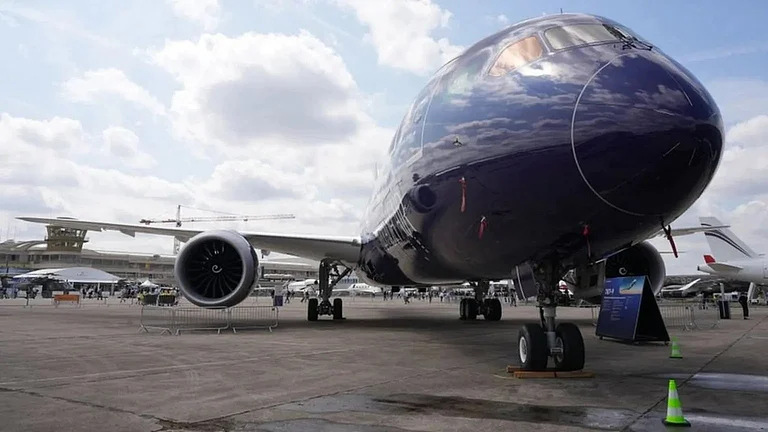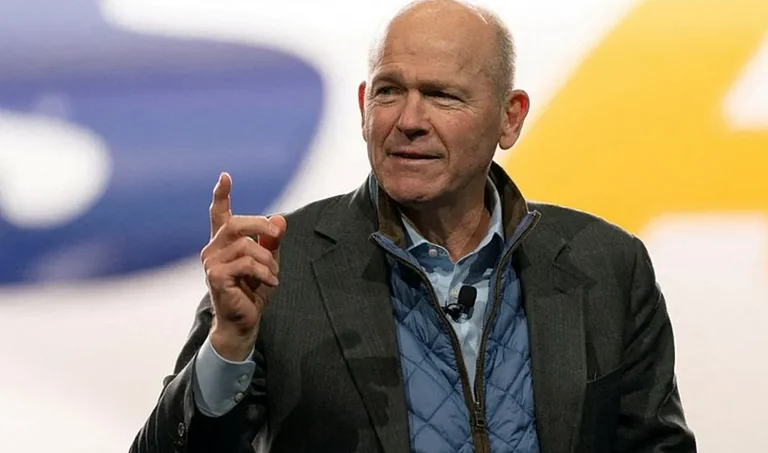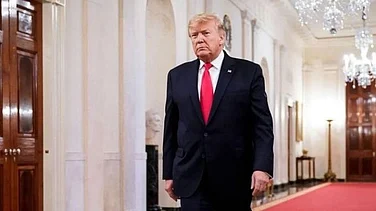A Senate subcommittee has summoned Boeing CEO David Calhoun to testify about the company's jetliners in an inquiry prompted by new safety-related charges from a whistleblower.
The panel said it will hold a hearing next week featuring a Boeing quality engineer, Sam Salehpour, who is expected to detail safety concerns involving the manufacture and assembly of the 787 Dreamliner. The subcommittee said in a letter that those problems could create “potentially catastrophic safety risks.”
Boeing would not say whether Calhoun plans to attend the April 17 hearing. In response to a query from The Associated Press, a spokesperson said only that the company is cooperating with the subcommittee's inquiry and has “offered to provide documents, testimony and technical briefings.”
The Federal Aviation Administration has also been investigating Salehpour's allegations since February, according to the subcommittee. The FAA did not immediately respond to a request for comment.
Salehpour, whose concerns were featured in a New York Times article Tuesday, is also expected to describe retaliation he faced after bringing his concerns forward.
According to that account, Salehpour worked on the 787 but grew alarmed over changes to the assembly of the fuselage, the main body of the aircraft. That process entails fitting together and fastening giant sections of the fuselage, each one produced by a different company, according to
Salehpour told the Times he believed Boeing was taking shortcuts that led to excessive force in the assembly process, creating deformations in the composite material used in the aircraft's outer skin. Such composites often consist of plastic layers reinforced by a mesh of carbon or glass fibers, increasing tensile strength and making them a useful substitute for heavier metals.
But composites can lose those benefits if they are twisted or otherwise deformed. Salehpour alleged that such problems could create increased material fatigue, possibly leading to premature failure of the composite, according to the Times account. Over thousands of flights, those pieces of fuselage could risk breaking apart mid-flight.
According to Salehpour's account, Boeing not only failed to take his concerns seriously, it silenced him and transferred him to work on a different jetliner, a move he took as retaliation.
In a 1,500 word statement, Boeing said it was “fully confident” in the 787 and called concerns about structural integrity “inaccurate.” Boeing added that the issues raised in the Times story “do not present any safety concerns” and said the 787 “will maintain its service life over several decades.”
“Retaliation is strictly prohibited at Boeing,” the company added in the statement, noting that it encourages employees to “speak up when issues arise.”
Boeing's safety record has been under a microscope since a door panel on a 737 Max 9 jet blew out over Oregon in early January. The panel plugged a space left for an extra emergency door on the jet, which was operated by Alaska Airlines. Pilots were able to land safely, and there were no injuries.
But accident investigators' subsequent discovery of missing bolts intended to secure the panel rocked Boeing, which once boasted an enviable safety culture. Alaska Airlines and United Airlines — the two US carriers that fly the Max 9 — also reported finding loose bolts and other hardware in other panels, suggesting that quality issues with the door plugs were not limited to one plane.
Both the 787 and the 737 Max have been plagued by production defects that have sporadically held up deliveries and left airlines short of planes during busy travel seasons.
Calhoun, the CEO, announced in March that he will retire at the end of the year. That followed the departure of another high-ranking Boeing executive and the decision by Boeing's board chairman not to stand for reelection in May.



















